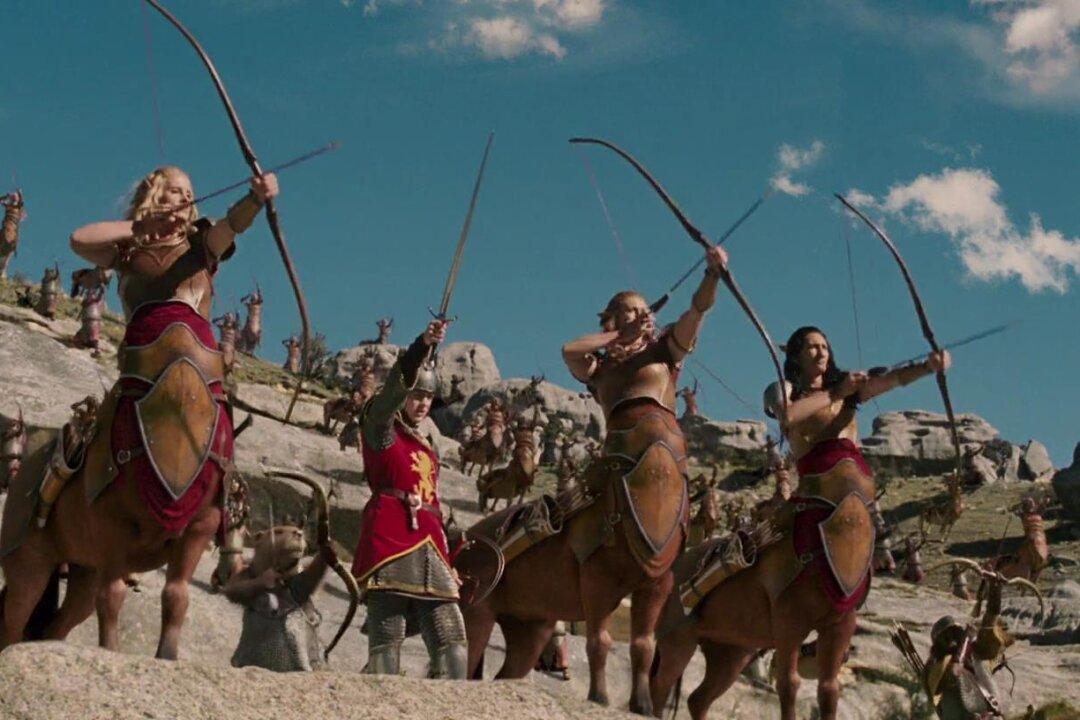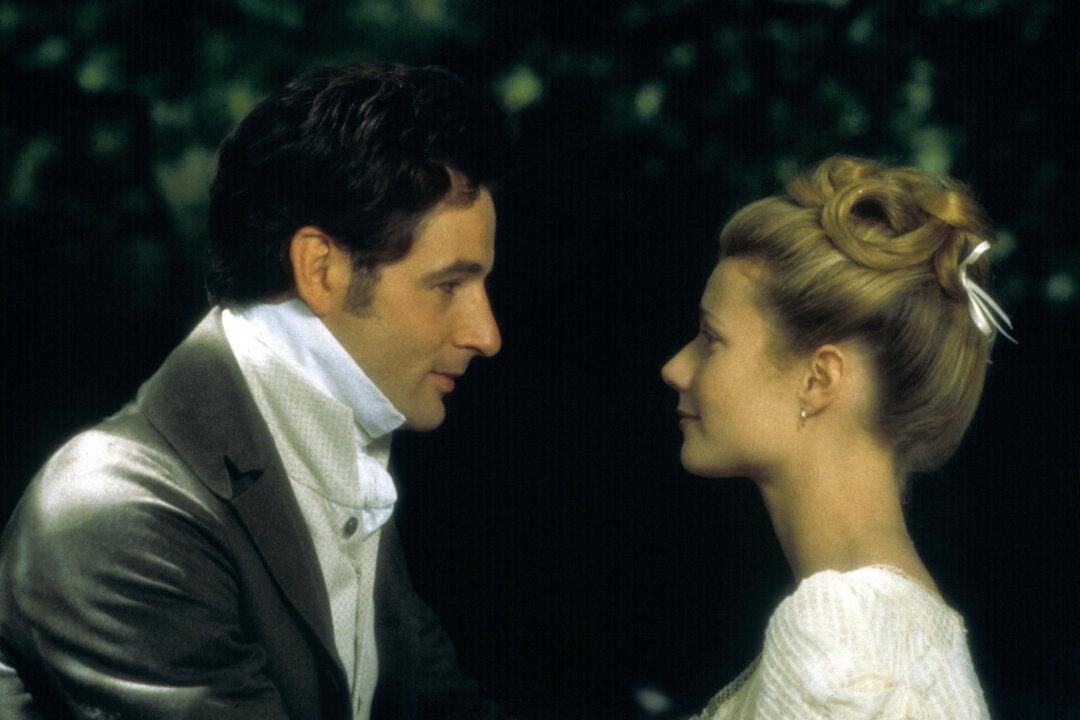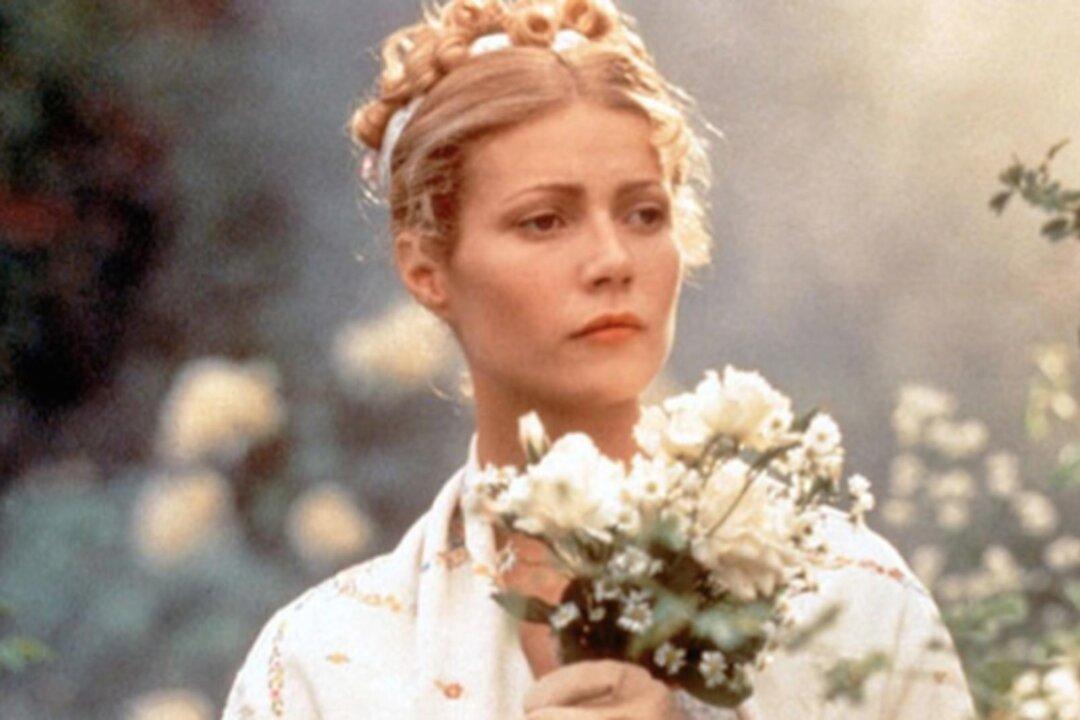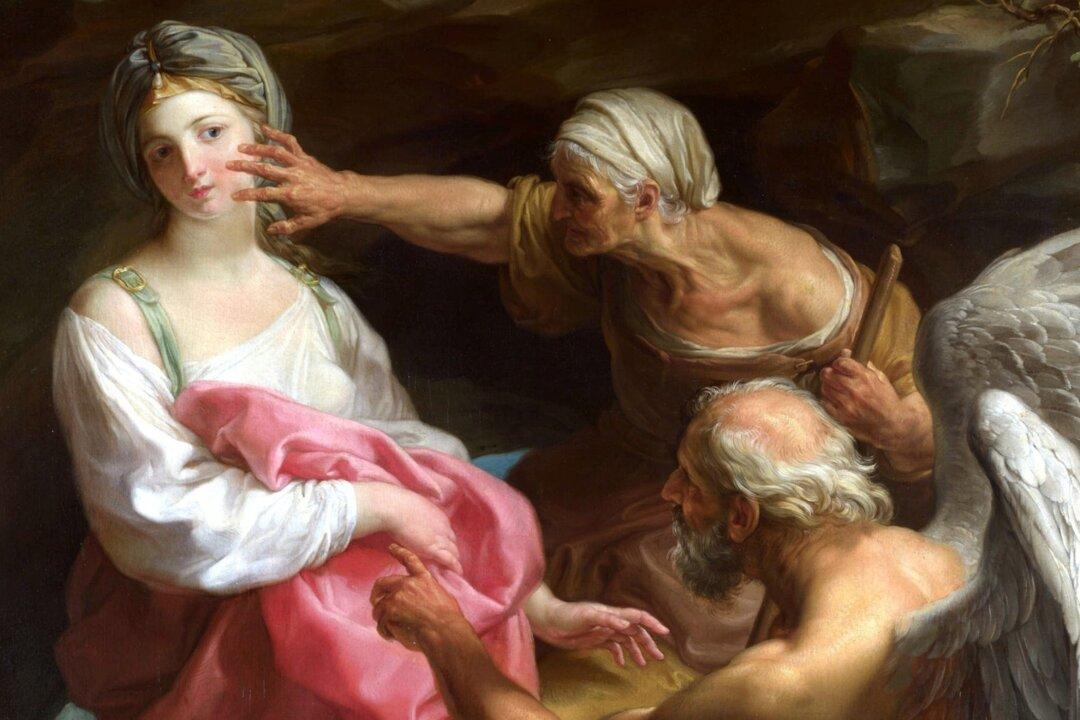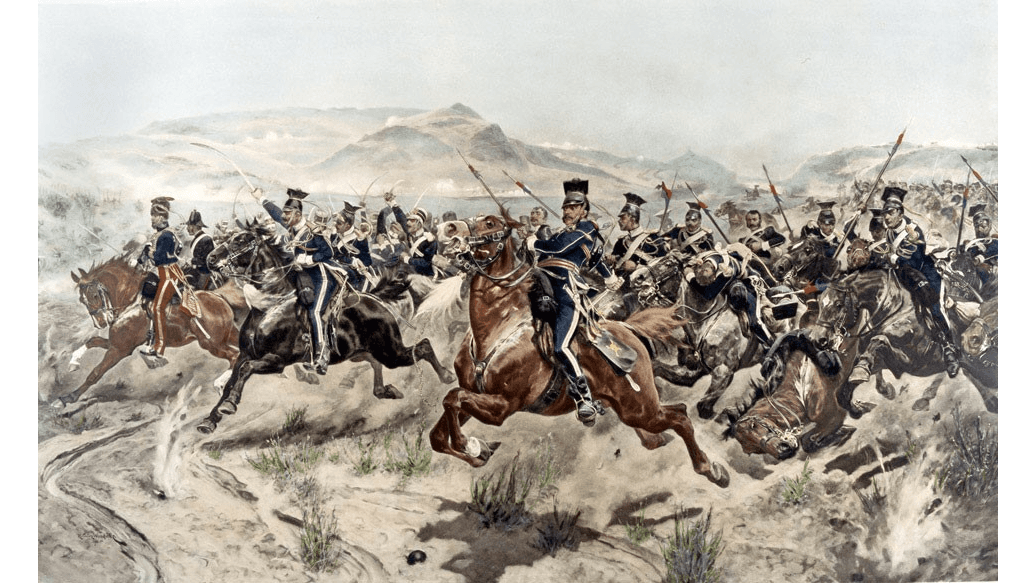Too few people make it to the last book in “The Chronicles of Narnia” series. If you have, then you no doubt consider yourself privileged to have read its joyfully apocalyptic tale. “The Last Battle” (1956) draws from Christian themes to represent the end times in the world of Narnia.
For those who never made it to the world of Narnia in the first place, I highly recommend journeying with the Pevensie children through the wardrobe as they discover Narnia in the second book in the series. No matter what your age, there’s delight to be found and truth to be learned in the realm of Narnia, a land governed by the lion Aslan and filled with all manner of mythical creatures and talking animals.

